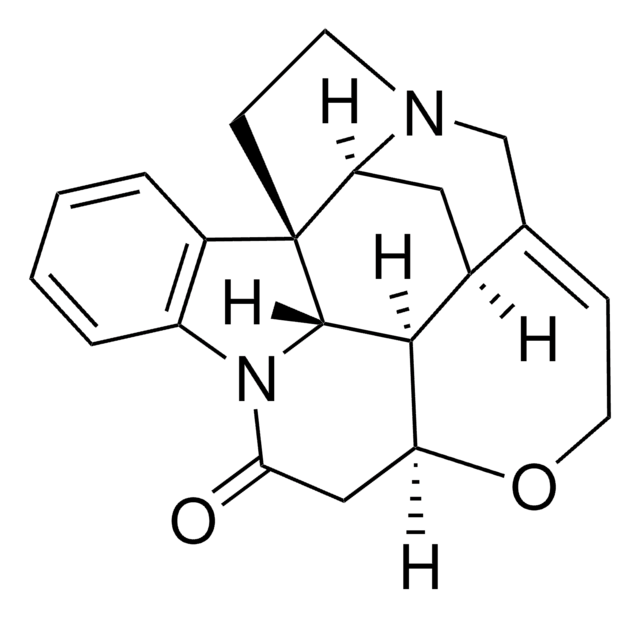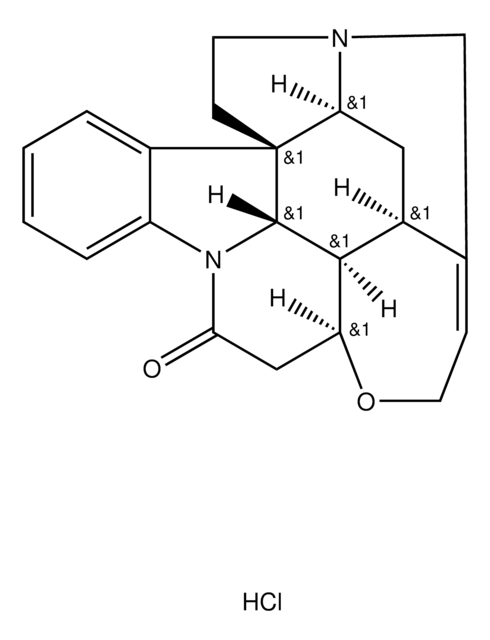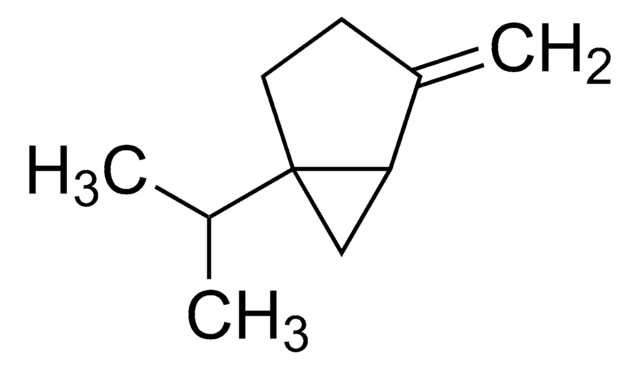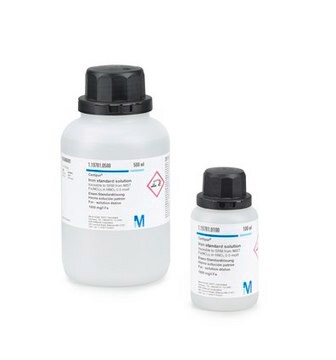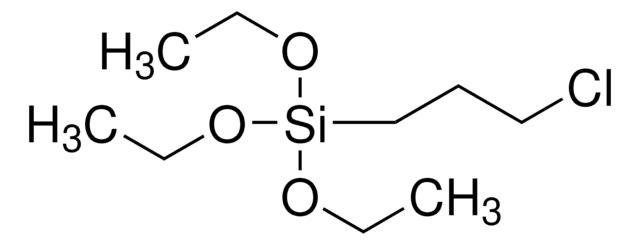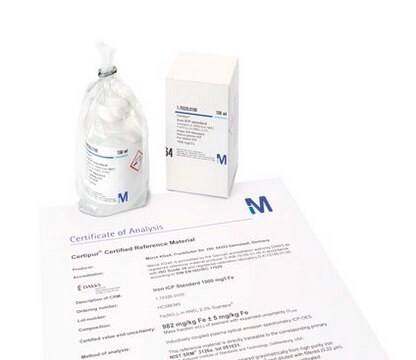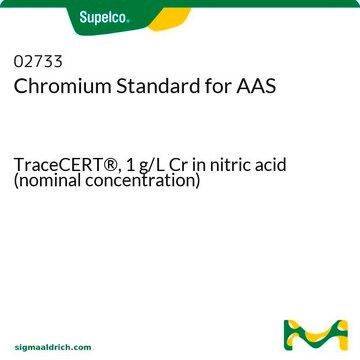おすすめの製品
product name
ストリキニーネ ヘミ硫酸塩,
アッセイ
≥98.0%
品質水準
形状
powder
テクニック
NMR: suitable
ligand binding assay: suitable
色
white to off-white
SMILES記法
OS(O)(=O)=O.O=C1C[C@@H]2OCC=C3CN4CC[C@@]56[C@@H]4C[C@@H]3[C@@H]2[C@@H]5N1c7ccccc67.O=C8C[C@@H]9OCC=C%10CN%11CC[C@@]%12%13[C@@H]%11C[C@@H]%10[C@@H]9[C@@H]%12N8c%14ccccc%13%14
InChI
1S/2C21H22N2O2.H2O4S/c2*24-18-10-16-19-13-9-17-21(6-7-22(17)11-12(13)5-8-25-16)14-3-1-2-4-15(14)23(18)20(19)21;1-5(2,3)4/h2*1-5,13,16-17,19-20H,6-11H2;(H2,1,2,3,4)/t2*13-,16-,17-,19-,20-,21+;/m00./s1
InChI Key
GOOCRIHPADOQAS-ZNUXJMJHSA-N
関連するカテゴリー
生物化学的/生理学的作用
シグナルワード
Danger
危険有害性情報
危険有害性の分類
Acute Tox. 1 Oral - Acute Tox. 2 Inhalation - Aquatic Acute 1 - Aquatic Chronic 1
保管分類コード
6.1A - Combustible acute toxic Cat. 1 and 2 / very toxic hazardous materials
WGK
WGK 3
引火点(°F)
Not applicable
引火点(℃)
Not applicable
適用法令
試験研究用途を考慮した関連法令を主に挙げております。化学物質以外については、一部の情報のみ提供しています。 製品を安全かつ合法的に使用することは、使用者の義務です。最新情報により修正される場合があります。WEBの反映には時間を要することがあるため、適宜SDSをご参照ください。
毒物及び劇物取締法
毒物
Jan Code
S7001-BULK:
S7001-25G:4548173211305
S7001-100G:4548173211299
S7001-VAR:
S7001-5G:4548173211312
試験成績書(COA)
製品のロット番号・バッチ番号を入力して、試験成績書(COA) を検索できます。ロット番号・バッチ番号は、製品ラベルに「Lot」または「Batch」に続いて記載されています。
この製品を見ている人はこちらもチェック
ライフサイエンス、有機合成、材料科学、クロマトグラフィー、分析など、あらゆる分野の研究に経験のあるメンバーがおります。.
製品に関するお問い合わせはこちら(テクニカルサービス)